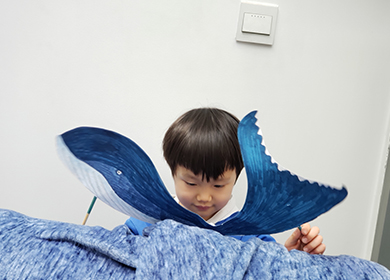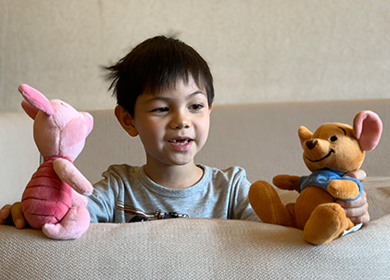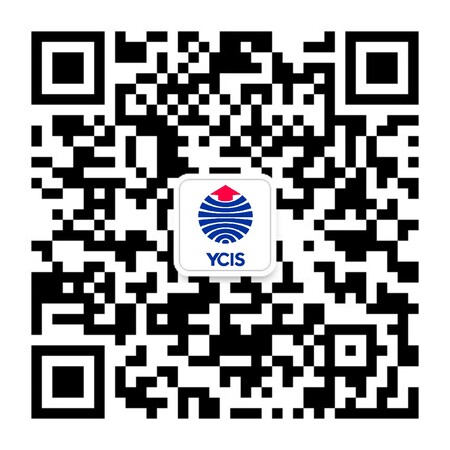Go Back
News
News
The Benefits of Using Puppetry to Tell Stories
News
17 Apr, 2020
10 : 00
Earlier this semester, the Year 1 Chinese as a First Language (CFL) learners at Yew Chung International School of Beijing were engrossed in a series of books by Japanese children’s author, Naoko Abou as part of a reading project initiated by Summer Mao, Primary Chinese Co-Teacher. The goal of this project was to enhance students interest in literature through puppetry as a form of storytelling.
The Reading ProjectIn total, students read five books from the series which contained the following titles: Noisy Forest, The First Day of Snow, A Card Sent from the Heavenly Hound, Snowy Window, and A night of Rabbit Puppet Theater. “Teachers provided the audio of the books so our students could listen to the stories at home.” this is according to Miss Mao.“Through this project students were encouraged to read more and read longer stories to help improve their comprehension and way of thinking.”
Once finished reading the stories, learners were encouraged to create their own. Although there are many methods of storytelling available, miss Mao and her colleagues opted for puppetry because it permited for students to “explore their imagination and creativity” she said, whilst also ensuring that students’ language skills were fostered.
The Technical AspectBecause puppetry, a method usually used in performance and theatre, requires for its subjects to be familiar with the stage, dialogue, design and characters, Miss Mao trained the students on how to engage in the “dialogue” part so that each character’s language conforms to its characteristics. The lesson also focused on how one actor could use different voices to act out different characters in the show so students could understand the perspective, personality, and characteristics of the characters within the story.
The technical aspect of this lesson was conducted with ensuring that students’understanding of a puppet show goes beyond just colourful characters made out of inanimate items such as socks.
Let’s Do It!As children’s language abilities tend to differ, miss Mao saw a variety styles in the puppet shows being presented by her students. An example was a student who used a story about a whale and a snail who mutually helped each other. It was a complex story for a Year 1 student, however the student was able to express with a performance how human beings should help animals and what kind of concerns we should have for each other which was also detailed depiction of his learning story.
Another example shared by Miss Mao was that of one student who used two black socks to play a story related to the current outbreak. In the performance, one sock started to cough and said “oh no, I got COVID-19!”and the other sock said, “it is ok, I will help you.” This was an indication of how, even with a varying levels of ability and skill set, all students were still able to understand the purpose of the activity and take an active part in it.
Tips for ParentsFor parents who would like to introduce puppetry as a form of storytelling, Miss Mao suggests the following;
• Parents can choose a suitable book and do a role play with their children. • Parents can ask their children to guess different possible endings for a story.• They can also use props available at home to tell stories. An example is naming appliances and making an interesting story about that. They can also name curtains, socks, articles of clothing and whatever they can find. • Parents can help create a story with their children in a fun and engaging way.
According to Miss Mao, through multiple forms of storytelling, language learners can practice the vocabulary they are learning in Chinese class and it enables them to be creative but most importantly, students can take ownership for projects they initiated.












